As retailers continue to rely on their main locations to fill digital demand, many are trying to boost efficiency and quality through enhanced training, technology, and store layouts.
Picking online orders is still causing headaches for grocers on multiple fronts, with customers often groaning about inadequate substitutions or bruised produce and in-store shoppers jostling with eCommerce workers to select products in the aisles.
Major players like Kroger are looking to solve those dilemmas with dedicated fulfillment sites for online orders and automation that takes the burden of order picking off store associates and gig workers. But many other grocers continue to rely on in-store fulfillment for online orders. Sometimes this is by choice – Walmart, for example, is leaning on its existing retail locations’ proximity to customers to help fulfill online orders – and sometimes, it’s due to financial constraints that keep them from investing in off-site eCommerce infrastructure.
Sources in the industry outlined three key areas grocers can invest in to help make in-store order picking more efficient while also offering a quality experience to in-store and online customers: store design, technology, and training.
As an incentive to step up eCommerce fulfillment, some companies, like SpartanNash and Shipt, have positioned their workers as high-touch personal shoppers and promoted their services as a competitive advantage.
SpartanNash relies on its workers to pick and pack orders for its Fast Lane and Groceries To Go services at 120 stores across the Midwest.
“We find that, as our customers get used to the program and used to [SpartanNash’s personal] shoppers who are working, they’re going to say, ‘I specifically want Maria to shop my order. She knows exactly what I’m looking for,’” said Matt Van Gilder, SpartanNash’s digital marketing and commerce director.
Designing stores for picking efficiency
eCommerce fulfillment is a “huge” focus for grocers as they consider their store designs and layouts, said Craig St. Clair, associate principal at Cuningham, an architecture, design, and planning firm. But the need for eCommerce infrastructure can vary store-to-store depending on customer demand and online order volume.
“It’s a very store-centric thing. Every store has its personality in terms of the customer base around it – if they’re even receptive to doing online shopping,” St. Clair said.
St. Clair noted that grocers are hesitant to invest in dedicated eCommerce facilities as consumer interest has waned following online shopping surges early in the pandemic. Overall, grocers seeing high online order volumes are looking to improve shopper flow and carve out dedicated spaces for online order fulfillment inside their stores, St. Clair said, along with Gregory Houck, principal and director of new work at the same firm.
Both St. Clair and Houck stressed the importance of grocers being flexible with their store design to accommodate eCommerce workers now and, eventually, automation, which Houck said forward-looking grocers are planning for in the next 10 to 20 years.
In some cases, grocers are moving dry goods and center stores to the back-of-house and accentuating fresh foods departments and meal solutions front-of-house, they noted. This can enhance stores’ “fresh” appeal while also pushing aisle shopping, which can get crowded with online and in-store shoppers, to the margins.
Mike Demko, senior vice president and global head of AutoStore Retail, said grocers are carving out dedicated picking spaces inside their stores stocked with fast-moving products.
For example, Demko said that Angelo Caputo’s Fresh Markets, a grocer in the Chicago area, uses 5,000 square feet at its flagship store to create a “fast pick area” stocked with products that have the highest online sales volume.
“If you think about grocery orders, everybody loves bananas, everybody buys milk, so there are some items that are much faster sellers than others,” he said, noting that grocers can organize products in those dedicated areas based on how fast they sell instead of following in-store merchandising plans, which are made with in-store shoppers in mind.
Leveraging technology to boost speed and service
Grocers and eCommerce providers have been turning to technology solutions to address picking problems, from speeding up the process to improving quality around product selection.
For example, Instacart announced an in-store navigation tool with an interactive map of the grocery store earlier this year to help locate products more easily as part of its rollout of features and services for its shopper community. Last year, Walmart saw customer acceptance of substitutions jump more than 95% after pivoting from a manual process for identifying substitutions to employing deep learning artificial intelligence for online grocery orders. Walmart noted that deep learning allows it to consider hundreds of factors, like size, type, brand, and price, when determining out-of-stock recommendations.
The effectiveness and usage of technology to drive picking efficiencies can vary depending on how a store operates, how much e-commerce volume it has, how quick the fulfillment window is and whether humans or robots are doing the picking and packing, sources noted. Speed and order volume, in particular, may determine which picking technology solutions retailers turn to.
A roughly 40,000-square-foot grocery store that uses software and scanning technology to pick multiple orders from store shelves can assemble roughly 60 to 90 units an hour. A “fast pick area,” like Caputo’s, more than doubles that up to about 150 to 180 units per hour, said Demko, who previously headed up pick-and-pack software company Locai Solutions, which AutoStore acquired last year. Demko also formerly oversaw operations at FreshDirect.
Like robotic picking technology in the back of a store, automation can bring those numbers up to 400 units per hour, he said.
While automation is still off in the future, mainly due to its high costs currently, sources said they expect robots to take over eCommerce fulfillment eventually.
“The killer of productivity in a store environment is travel distance,” said Demko, noting that grocers need to maximize the amount of work done within that distance or minimize how far pickers walk.
The higher the eCommerce order volume, the more grocers can benefit from bundling batch picking – shopping more than one order at once – with zone-based picking, where certain pickers only focus on pulling items from different aisles, Demko said.
A bagging-and-tagging process where pickers scan barcodes on the products and the bags they belong in can help with that consolidation process downstream, ensuring items don’t end up in the wrong bags for different orders, he added.
“The benefits of that batch-zone pick process are really about throughput and volume. If I’m only doing a few orders an hour, the amount of orders that might have items in common gets lower and lower,” Demko said.
While efficient, batch picking isn’t always the speediest option and can potentially slow down rapid delivery service for one-hour or faster orders, he said.
Demko said it’s important that the mobile application used by the pickers is easy to use and aligns with visual cues in the cart, like knowing which customer’s bags are where and that the software works for all of the areas where picking takes place, from the sales floor to the backroom to designated “fast pick” areas.
He said that grocers can leverage data from picking solutions to measure and analyze factors like productivity levels and order accuracy and then look for ways to become even more efficient.
‘Imagine you’re picking for your grandmother’
While technology may speed up the picking process, working fast can run the risk of making quality-control mistakes. Training comes in: “At the end of the day, technology is only as good as the people who use it,” Demko said.
Sources noted that quality control, which is included in worker training, can play a big role in customer satisfaction and cut down on order returns. While technology and store design can help people find the pick the correct brand of avocado quickly, the picker ultimately decides which products meet the customer’s expectation for ripeness and quality.
When Demko ran operations at FreshDirect, he said the training mindset there was: “Imagine you’re picking for your grandmother.”
“You’ve got to get that quality mindset, which is: When you pick up that leaf of that head of lettuce, look at it and make sure there isn’t a leaf wilting on it … make sure you’re opening up the eggs and make sure there’s nothing broken,” he said.
Consumers have been especially reluctant to trust workers to pick fresh produce, meat, and other perishables, making trust and quality control important to the picking process.
Demko said that store employees who pick online orders could also help managers shrink by setting aside products they identify as spoiled or not high quality.
Shipt, which promotes the high-touch service provided by its personal shoppers as a key differentiator in the eCommerce delivery race, provides an “education produce guide” for its Shipt Shopper community. The guide covers three main areas: sight, smell, and storage, according to a post from the company in late March.
For example, Shipt encourages its shoppers to look for signs of dehydration, like wrinkling and shriveling, to help gauge freshness and squeeze items like grapes and melons to determine firmness.
“[A] great tip for picking out grapes is taking a look at the vine. Green vines mean the grape was freshly picked and handled properly in transport,” said Shipt.
SpartanNash workers receive training in various areas for order picking, like bagging 101, how to understand expiration dates, and how to determine the quality and ripeness of produce. The training, which was developed in-house and is required for all of the company’s personal shoppers, also delves into skills like identifying produce and the right types of meat.
SpartanNash puts a “huge” emphasis on training to make its employees the “eyes and ears of the customer” and ensure customer satisfaction, Van Gilder said.
Both Shipt and SpartanNash are leaning heavily into worker training, aiming to have top-notch service fuel attachments between customers and specific pickers and help lock in customer loyalty.
“We’re training our shoppers to be pickier than the customers who shop themselves,” Van Gilder said.








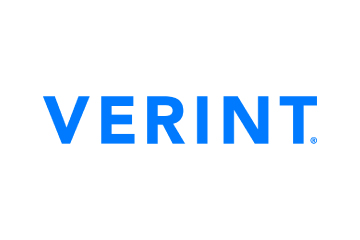
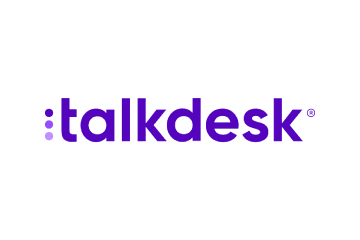

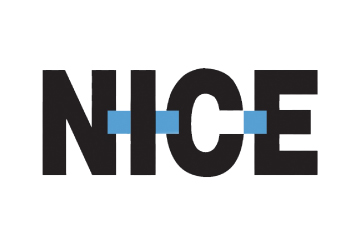



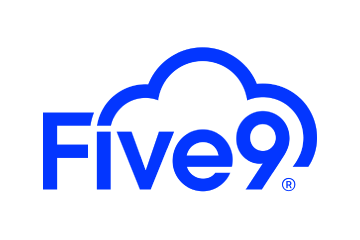



 Amplitude is a product analytics platform, enabling businesses to track visitors with the help of collaborative analytics. The platform leverages the capabilities of
Amplitude is a product analytics platform, enabling businesses to track visitors with the help of collaborative analytics. The platform leverages the capabilities of 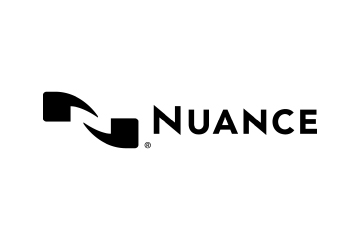

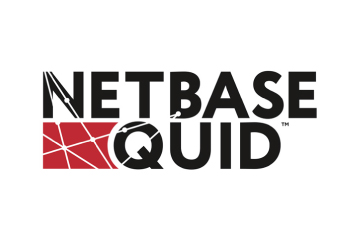


 Zoho Social, a part of Zoho’s suite of 50+ products, is a comprehensive social media management platform for businesses and agencies. The Zoho Social dashboard includes a robust set of features, such as Publishing Calendar, Bulk Scheduler, and Approval Management to offer businesses all the essential social media publishing tools. Its monitoring tools help enterprises track and respond to relevant social conversations.
Zoho Social, a part of Zoho’s suite of 50+ products, is a comprehensive social media management platform for businesses and agencies. The Zoho Social dashboard includes a robust set of features, such as Publishing Calendar, Bulk Scheduler, and Approval Management to offer businesses all the essential social media publishing tools. Its monitoring tools help enterprises track and respond to relevant social conversations.

 Microsoft Dynamics 365 represents a robust cloud-based CRM solution with features such as pipeline assessment, relationship analytics, and conversational intelligence. It utilises AI-powered insights to provide actionable intelligence via predictive analytics, lead scoring, sentiment analysis, etc. Currently, Microsoft operates in 190 countries and is made up of more than 220,000 employees worldwide.
Microsoft Dynamics 365 represents a robust cloud-based CRM solution with features such as pipeline assessment, relationship analytics, and conversational intelligence. It utilises AI-powered insights to provide actionable intelligence via predictive analytics, lead scoring, sentiment analysis, etc. Currently, Microsoft operates in 190 countries and is made up of more than 220,000 employees worldwide.
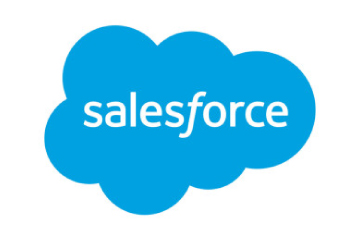
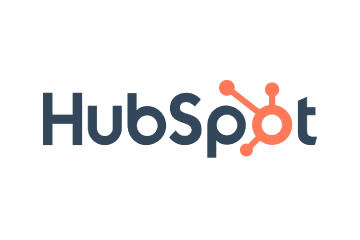 HubSpot is an inbound marketing, sales, and customer service software provider, offering robust CRM and automation solutions. Some of its products include Marketing Hub, Sales Hub, Operations Hub, Content Hub, Commerce Hub, Marketing Analytics and Dashboard Software. Guided by its inbound methodology, HubSpot enables companies to prioritise innovation and customer success.
HubSpot is an inbound marketing, sales, and customer service software provider, offering robust CRM and automation solutions. Some of its products include Marketing Hub, Sales Hub, Operations Hub, Content Hub, Commerce Hub, Marketing Analytics and Dashboard Software. Guided by its inbound methodology, HubSpot enables companies to prioritise innovation and customer success.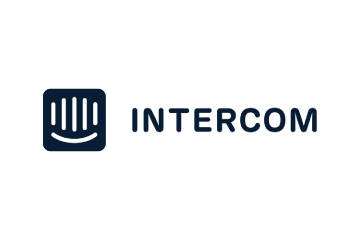
 Monday.com is a project management software company, offering a cloud-based platform that enables businesses
Monday.com is a project management software company, offering a cloud-based platform that enables businesses 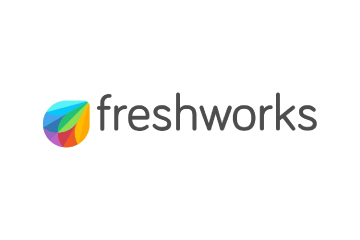 Headquartered in San Mateo, California, Freshworks is a global AI-powered business software provider. Its tech stack includes a scalable and comprehensive suite for IT, customer support, sales, and marketing teams, ensuring value for immediate business impact. Its product portfolio includes Customer Service Suite, Freshdesk, Freshchat, Freshcaller, Freshsuccess, and Freshservice. Freshservice for Business Teams has helped several global organisations to enhance their operational efficiency.
Headquartered in San Mateo, California, Freshworks is a global AI-powered business software provider. Its tech stack includes a scalable and comprehensive suite for IT, customer support, sales, and marketing teams, ensuring value for immediate business impact. Its product portfolio includes Customer Service Suite, Freshdesk, Freshchat, Freshcaller, Freshsuccess, and Freshservice. Freshservice for Business Teams has helped several global organisations to enhance their operational efficiency.
 Talkdesk offers an innovative AI-powered customer-centric tech stack to its global partners. The company provides generative AI integrations, delivering industry-specific solutions to its customers. Talkdesk CX Cloud and Industry Experience Clouds utilise modern machine learning and language models to enhance contact centre efficiency and client satisfaction.
Talkdesk offers an innovative AI-powered customer-centric tech stack to its global partners. The company provides generative AI integrations, delivering industry-specific solutions to its customers. Talkdesk CX Cloud and Industry Experience Clouds utilise modern machine learning and language models to enhance contact centre efficiency and client satisfaction.




 The company offers comprehensive cloud-based solutions, such as Microsoft Dynamics 365, Gaming Consoles, Microsoft Advertising, Copilot, among other things, to help organisations offer enhanced CX and ROI. Its generative-AI-powered speech and voice recognition solutions,such as Cortana and Azure Speech Services empowers developers to build intelligent applications.
The company offers comprehensive cloud-based solutions, such as Microsoft Dynamics 365, Gaming Consoles, Microsoft Advertising, Copilot, among other things, to help organisations offer enhanced CX and ROI. Its generative-AI-powered speech and voice recognition solutions,such as Cortana and Azure Speech Services empowers developers to build intelligent applications.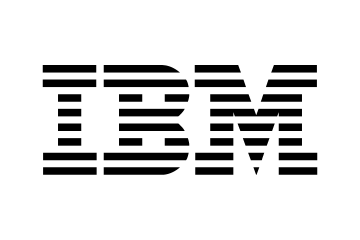 IBM is a global hybrid cloud and AI-powered
IBM is a global hybrid cloud and AI-powered  Uniphore is an enterprise-class, AI-native company that was incubated in 2008. Its enterprise-class multimodal AI and data platform unifies all elements of voice, video, text and data by leveraging Generative AI, Knowledge AI, Emotion AI and workflow automation. Some of its products include U-Self Serve, U-Assist, U-Capture, and U-Analyze. Its Q for Sale is a conversational intelligence software that guides revenue teams with AI-powered insights, offering clarity on how to effectively keep prospects engaged.
Uniphore is an enterprise-class, AI-native company that was incubated in 2008. Its enterprise-class multimodal AI and data platform unifies all elements of voice, video, text and data by leveraging Generative AI, Knowledge AI, Emotion AI and workflow automation. Some of its products include U-Self Serve, U-Assist, U-Capture, and U-Analyze. Its Q for Sale is a conversational intelligence software that guides revenue teams with AI-powered insights, offering clarity on how to effectively keep prospects engaged. Google Cloud accelerates every organisation’s ability to digitally transform its business. Its enterprise-grade solutions leverage modern technology to solve the most criticial business problems
Google Cloud accelerates every organisation’s ability to digitally transform its business. Its enterprise-grade solutions leverage modern technology to solve the most criticial business problems  8×8 offers out-of-the-box contact centre solutions, assisting all-size businesses to efficiently meet customer needs and preferences. It offers custom CRM integrations support and integrates effortlessly with third-party CRMs like Salesforce, Microsoft Dynamics, Zendesk, and more. Offering global support in all time zones & development teams in 5 continents, its patented geo-routing solution ensures consistent voice quality.
8×8 offers out-of-the-box contact centre solutions, assisting all-size businesses to efficiently meet customer needs and preferences. It offers custom CRM integrations support and integrates effortlessly with third-party CRMs like Salesforce, Microsoft Dynamics, Zendesk, and more. Offering global support in all time zones & development teams in 5 continents, its patented geo-routing solution ensures consistent voice quality. Sprinklr is a comprehensive enterprise software company for all customer-focused functions. With advanced AI, Sprinklr’s unified customer experience management (Unified-CXM) platform lets organisations offer human experiences to every customer, every time, across any modern channel.
Sprinklr is a comprehensive enterprise software company for all customer-focused functions. With advanced AI, Sprinklr’s unified customer experience management (Unified-CXM) platform lets organisations offer human experiences to every customer, every time, across any modern channel.

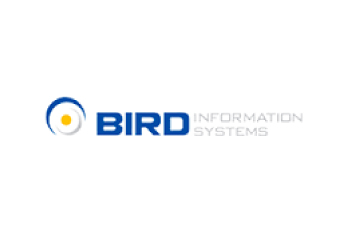
 Upland offers a comprehensive suite of contact centre and customer service solutions with products including InGenius, Panviva, Rant & Rave, and RightAnswers. InGenius enables organisations to connect their existing phone system with CRM, further enhancing agent productivity. Panviva provides compliant and omnichannel capabilities for highly regulated industries. Whereas, Rant & Rave, and RightAnswers are its AI-powered solutions,
Upland offers a comprehensive suite of contact centre and customer service solutions with products including InGenius, Panviva, Rant & Rave, and RightAnswers. InGenius enables organisations to connect their existing phone system with CRM, further enhancing agent productivity. Panviva provides compliant and omnichannel capabilities for highly regulated industries. Whereas, Rant & Rave, and RightAnswers are its AI-powered solutions, 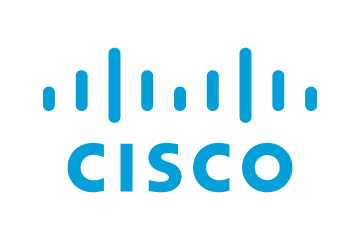


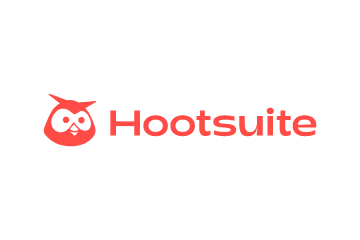 Hootsuite, headquartered in Vancouver, is a social media management platform that streamlines the process of managing multiple social media accounts. Some of its core offerings include social media content planning and publishing, audience engagement tools, analytics and social advertising. Its easy-to-integrate capabilities help marketing teams to schedule and publish social media posts efficiently.
Hootsuite, headquartered in Vancouver, is a social media management platform that streamlines the process of managing multiple social media accounts. Some of its core offerings include social media content planning and publishing, audience engagement tools, analytics and social advertising. Its easy-to-integrate capabilities help marketing teams to schedule and publish social media posts efficiently.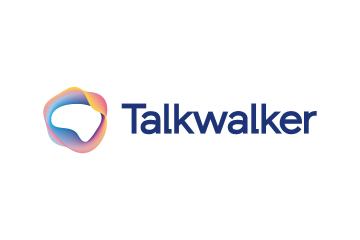

 Brandwatch enables businesses to build and scale the optimal strategy for their clients with intuitive, use-case-focused tools that are easy and quick to master. Bringing together consumer intelligence and social media management, the company helps its users react to the trends that matter, collaborate on data-driven content, shield the brand from threats and manage all the social media channels at scale.
Brandwatch enables businesses to build and scale the optimal strategy for their clients with intuitive, use-case-focused tools that are easy and quick to master. Bringing together consumer intelligence and social media management, the company helps its users react to the trends that matter, collaborate on data-driven content, shield the brand from threats and manage all the social media channels at scale.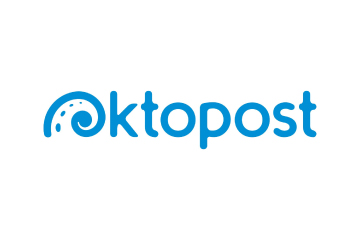


 Adobe Experience Cloud offers a comprehensive set of applications, capabilities, and services specifically designed to address day-to-day requirement for personalised customer experiences at scale. Its platform helps play an essential role in managing different digital content or assets to improve customer happiness. Its easy-to-optimise content gives users appropriate marketing streams, ensuring product awareness.
Adobe Experience Cloud offers a comprehensive set of applications, capabilities, and services specifically designed to address day-to-day requirement for personalised customer experiences at scale. Its platform helps play an essential role in managing different digital content or assets to improve customer happiness. Its easy-to-optimise content gives users appropriate marketing streams, ensuring product awareness.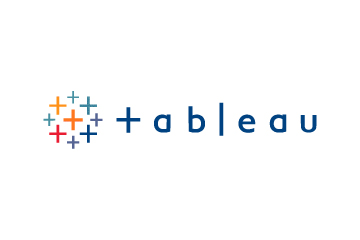 Salesforce-owned Tableau is an AI-powered analytics and business intelligence platform, offering the breadth and depth of capabilities that serve the requirements of global enterprises in a seamless, integrated experience. Marketers can utilise generative AI models, AI-powered predictions, natural language querying, and recommendationsons.
Salesforce-owned Tableau is an AI-powered analytics and business intelligence platform, offering the breadth and depth of capabilities that serve the requirements of global enterprises in a seamless, integrated experience. Marketers can utilise generative AI models, AI-powered predictions, natural language querying, and recommendationsons. Contentsquare is a cloud-based digital experience analytics platform, helping brands track billions of digital interactions, and turn those digital
Contentsquare is a cloud-based digital experience analytics platform, helping brands track billions of digital interactions, and turn those digital 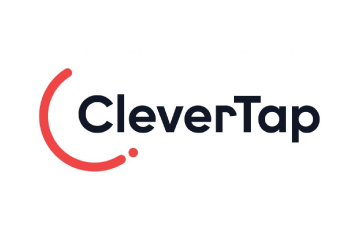


 Zoho Corporation offers innovative and tailored software to help leaders grow their business. Zoho’s 55+ products aid sales and marketing, support and collaboration, finance, and recruitment requirements. Its customer analytics capabilities come with a conversational feature, Ask Zia. It enables users to ask questions and get insights in the form of reports and widgets in real-time.
Zoho Corporation offers innovative and tailored software to help leaders grow their business. Zoho’s 55+ products aid sales and marketing, support and collaboration, finance, and recruitment requirements. Its customer analytics capabilities come with a conversational feature, Ask Zia. It enables users to ask questions and get insights in the form of reports and widgets in real-time. Fullstory is a behavioural data platform, helping C-suite leaders make informed decisions by injecting digital behavioural data into its analytics stack. Its patented technology uncovers the power of quality behavioural data at scale, transforming every digital visit into actionable insights. Enterprises can increase funnel conversion and identify their highest-value customers effortlessly.
Fullstory is a behavioural data platform, helping C-suite leaders make informed decisions by injecting digital behavioural data into its analytics stack. Its patented technology uncovers the power of quality behavioural data at scale, transforming every digital visit into actionable insights. Enterprises can increase funnel conversion and identify their highest-value customers effortlessly.

 Started in 2005 in a Sweden-based small town, Norrköping, Voyado offers a customer experience cloud platform that includes a customer loyalty management system. This platform helps businesses design and implement customer loyalty programs, track customer
Started in 2005 in a Sweden-based small town, Norrköping, Voyado offers a customer experience cloud platform that includes a customer loyalty management system. This platform helps businesses design and implement customer loyalty programs, track customer 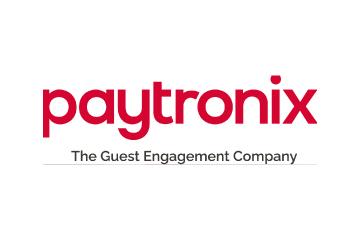


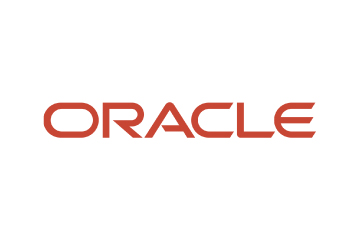
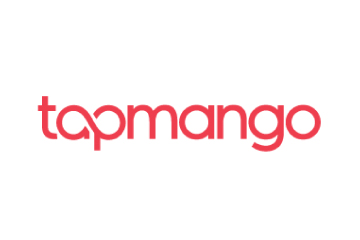 TapMango provides a comprehensive, customisable, flexible and feature-rich customer loyalty program. The loyalty tools include an integrated suite of customised consumer-facing technology, easy-to-use merchant tools, and automation algorithms, all aimed at enhancing customer experience. Adaptable to any industry, TapMango’s platform helps merchants compete with larger chains, converting customer one-time purchases into profitable spending habits.
TapMango provides a comprehensive, customisable, flexible and feature-rich customer loyalty program. The loyalty tools include an integrated suite of customised consumer-facing technology, easy-to-use merchant tools, and automation algorithms, all aimed at enhancing customer experience. Adaptable to any industry, TapMango’s platform helps merchants compete with larger chains, converting customer one-time purchases into profitable spending habits.

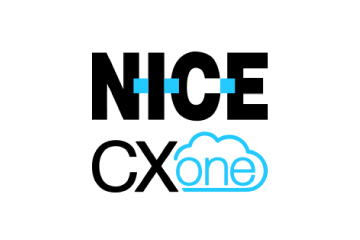
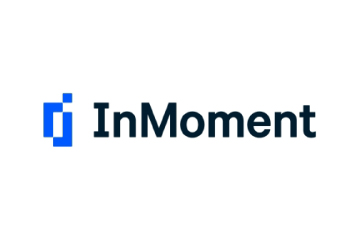

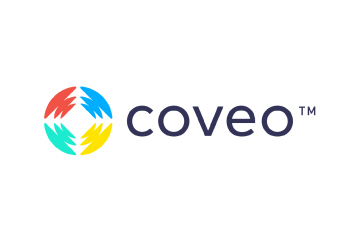
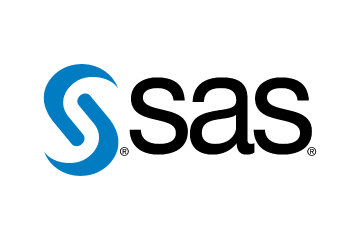
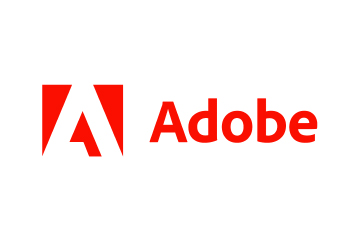 Adobe Experience Cloud offers a comprehensive set of applications, capabilities, and services specifically designed to address day-to-day requirements for personalised customer experiences at scale. Its innovative platform has played an essential role in managing different digital content or assets, to improve customer happiness or satisfaction. Some of its products include Adobe Gen Studio, Experience Manager Sites, Real-time CDP, and Marketo Engage.
Adobe Experience Cloud offers a comprehensive set of applications, capabilities, and services specifically designed to address day-to-day requirements for personalised customer experiences at scale. Its innovative platform has played an essential role in managing different digital content or assets, to improve customer happiness or satisfaction. Some of its products include Adobe Gen Studio, Experience Manager Sites, Real-time CDP, and Marketo Engage.

